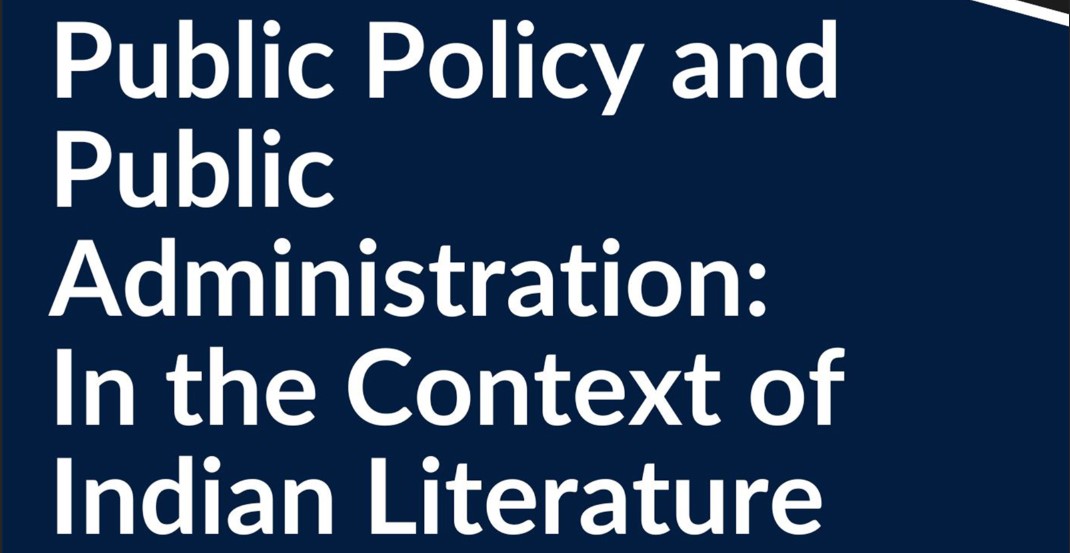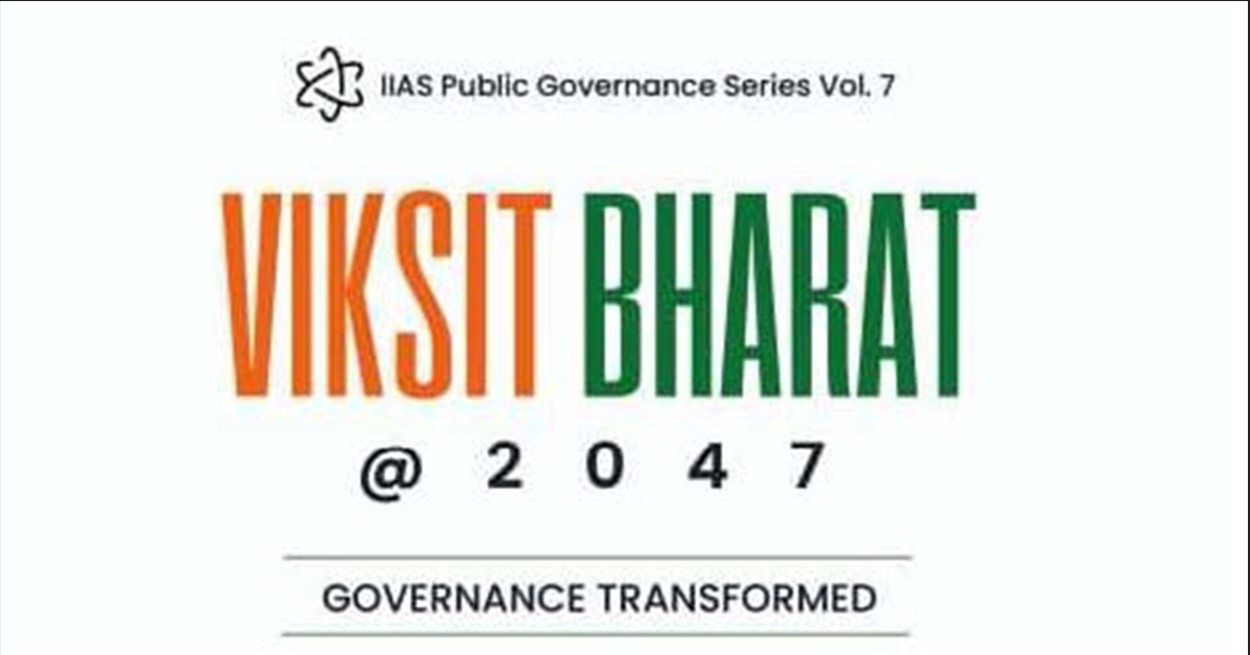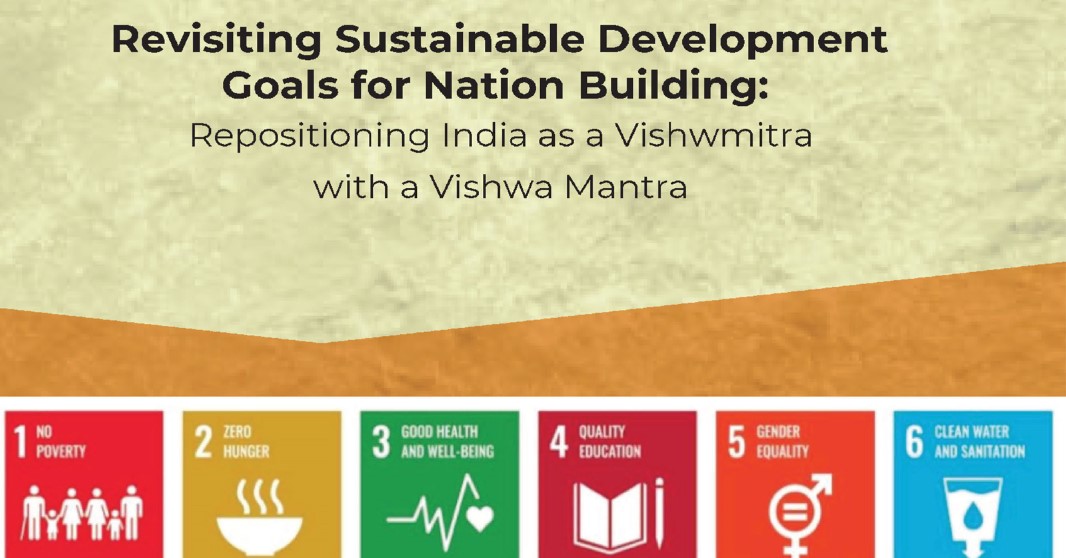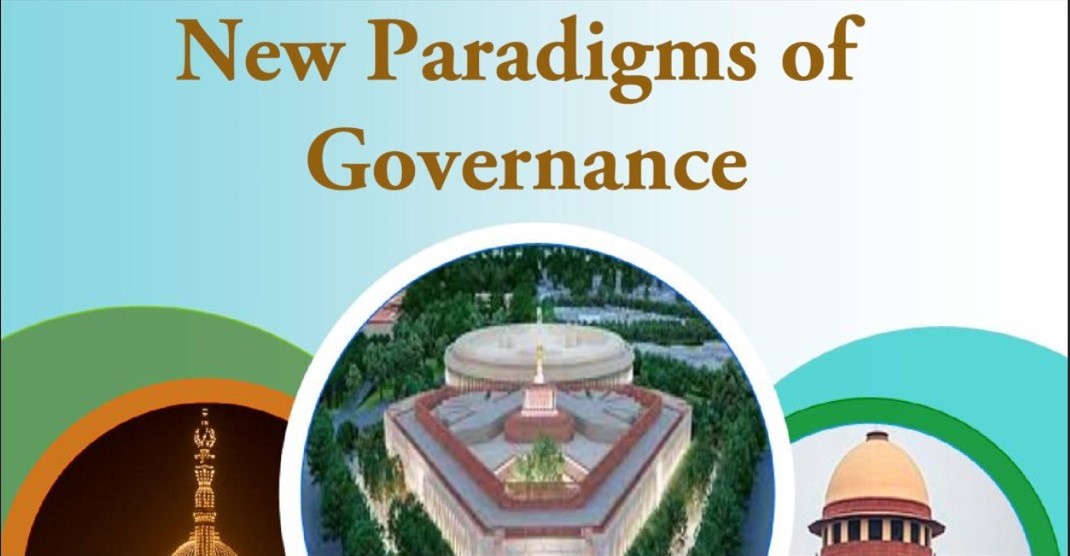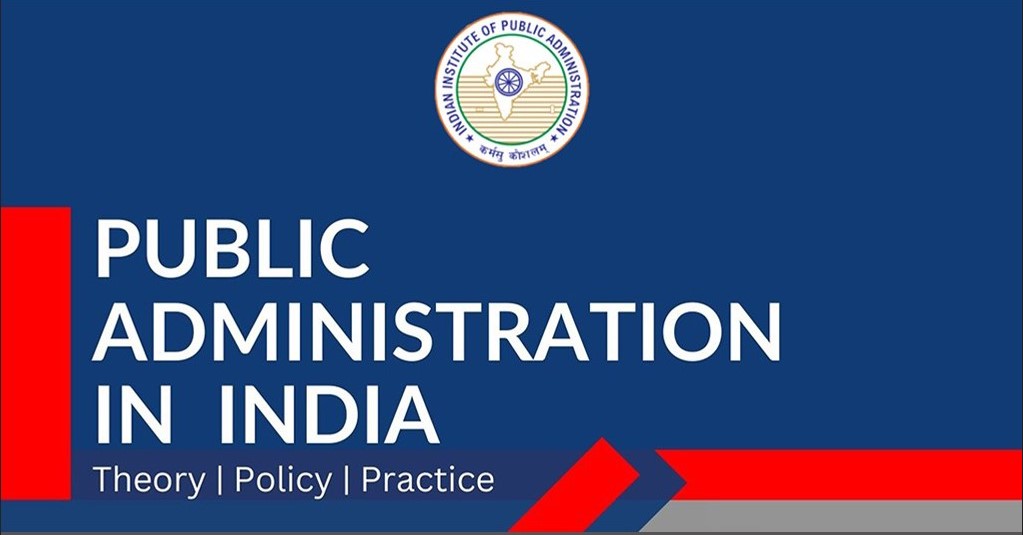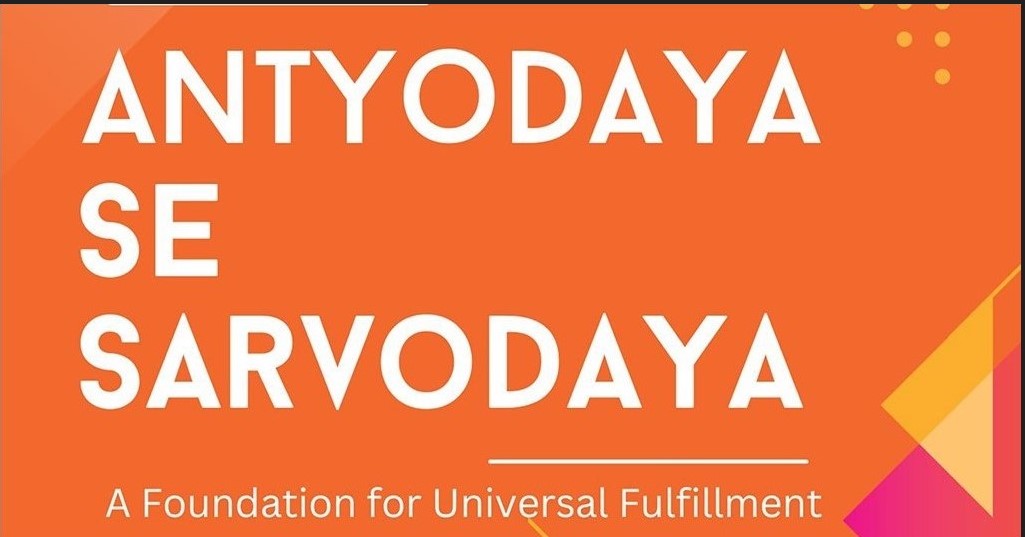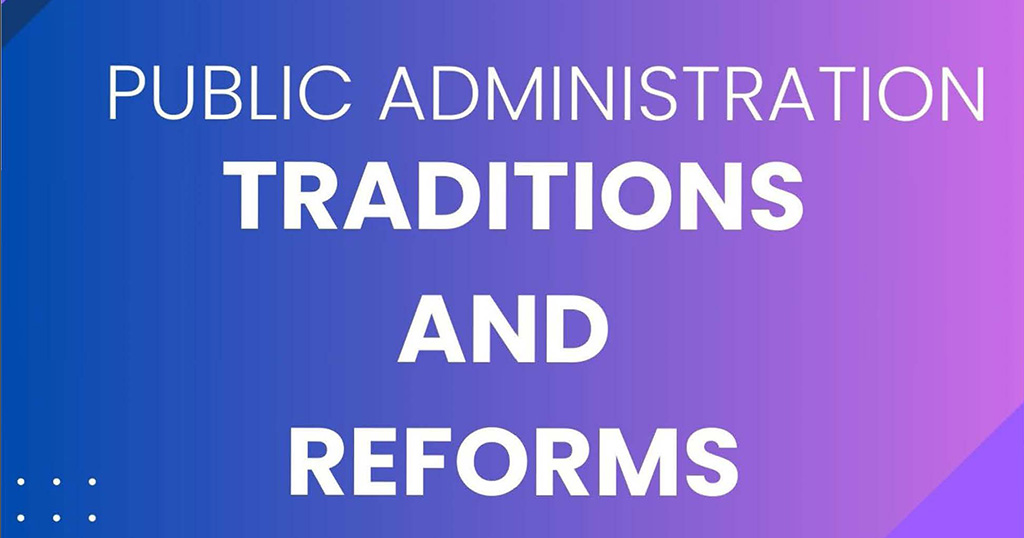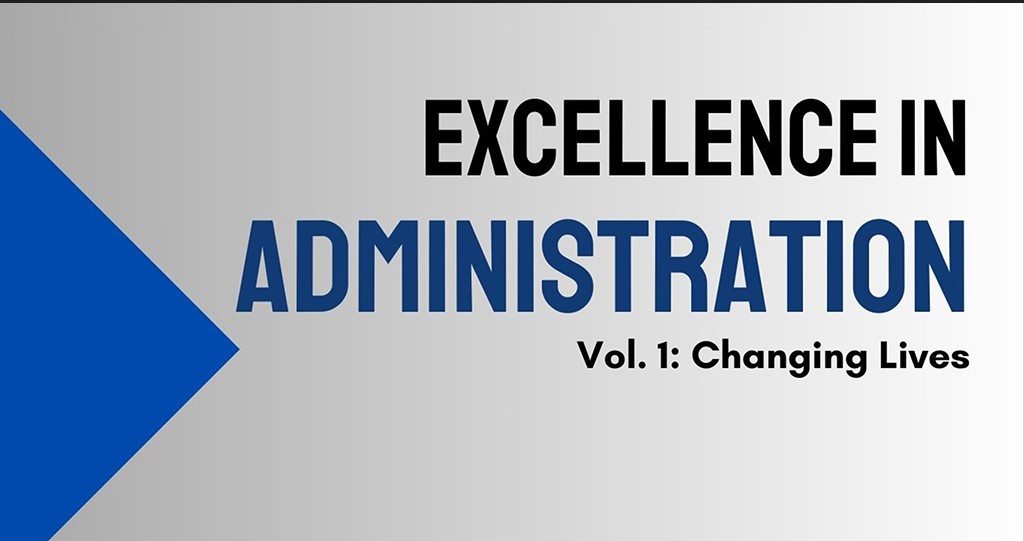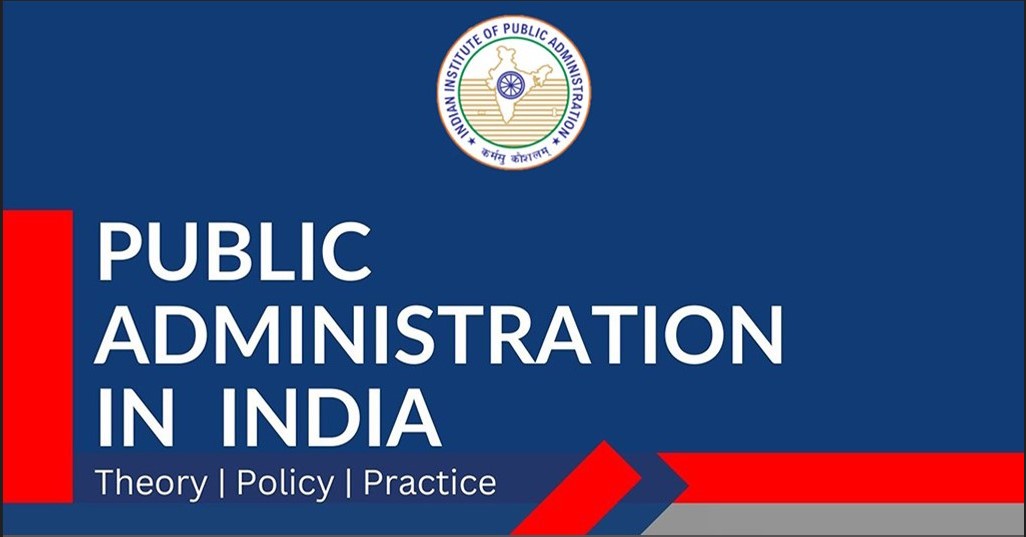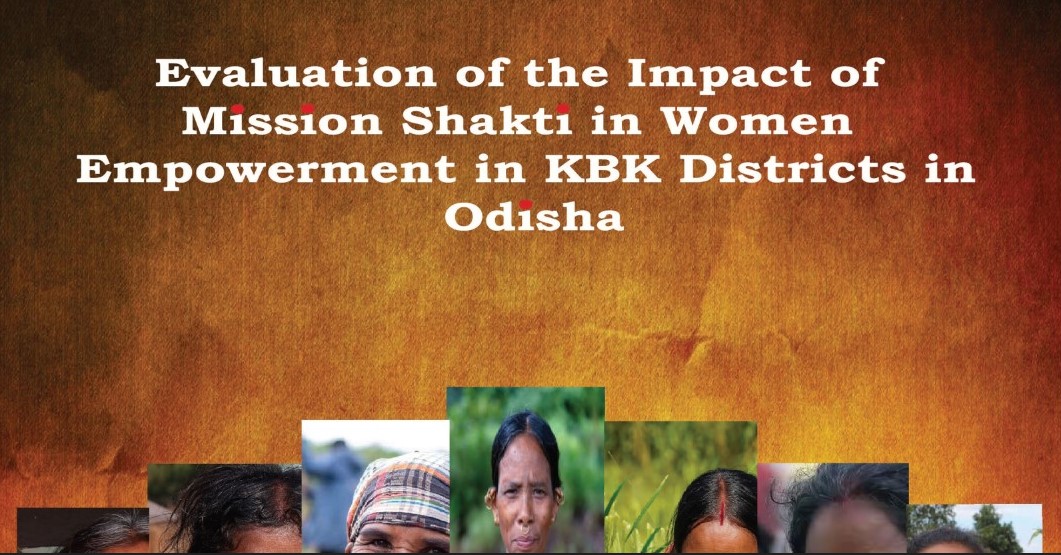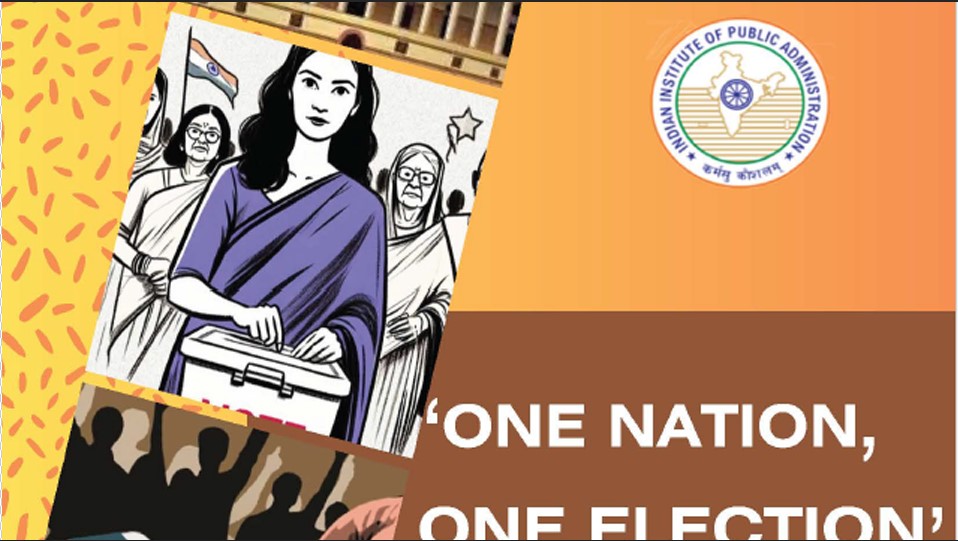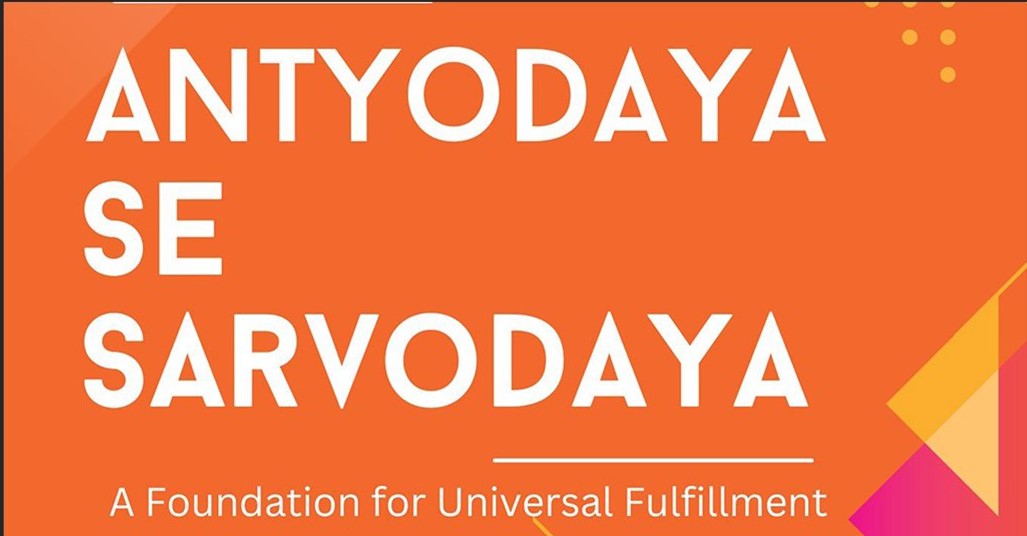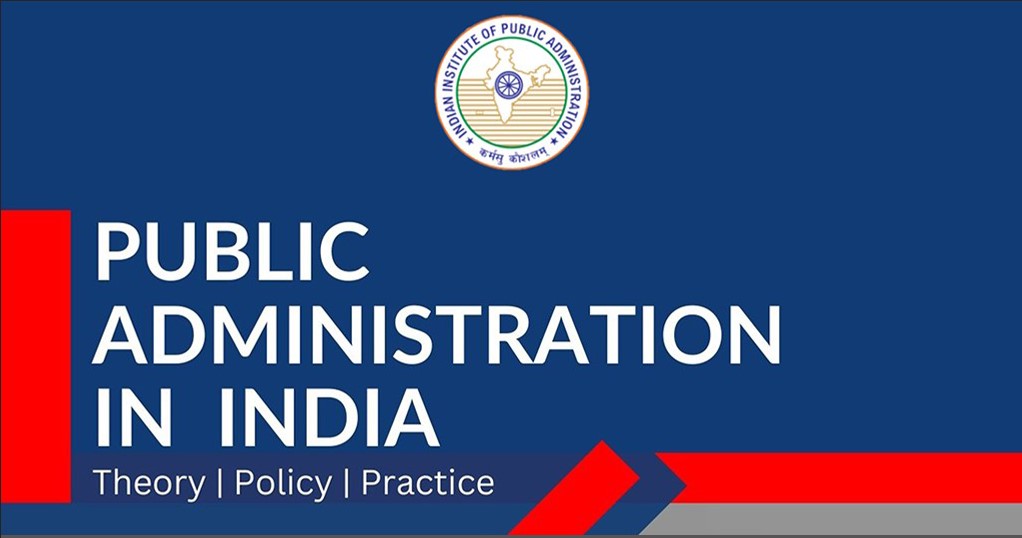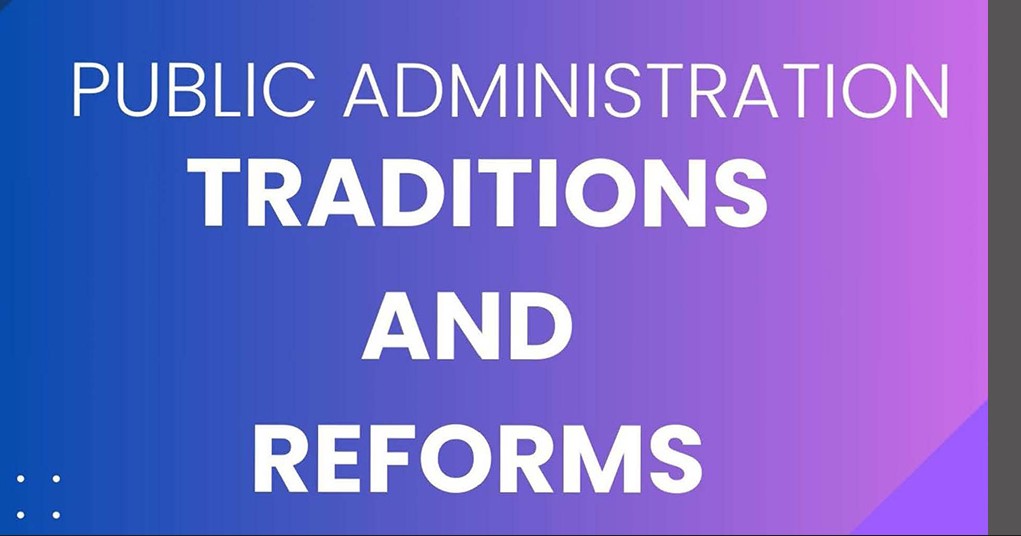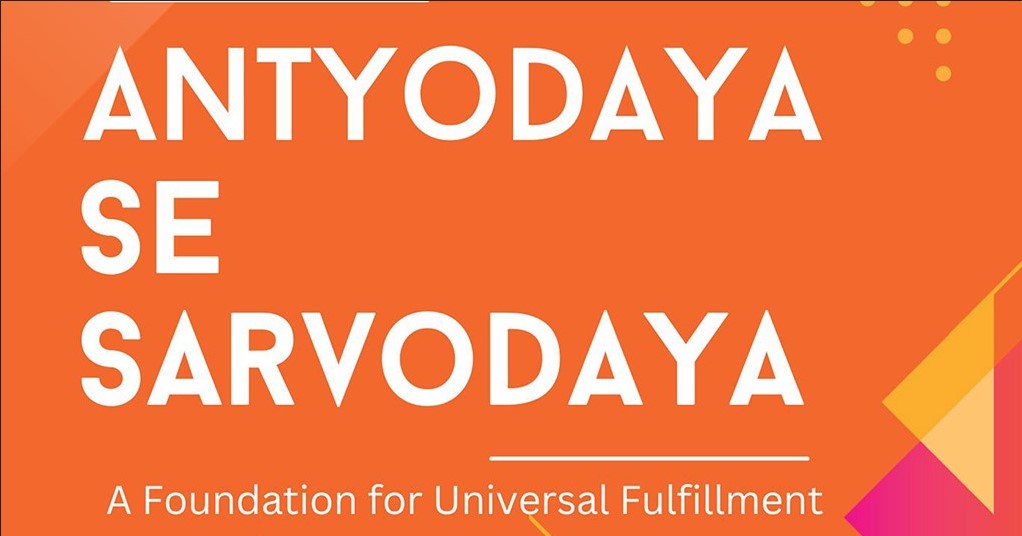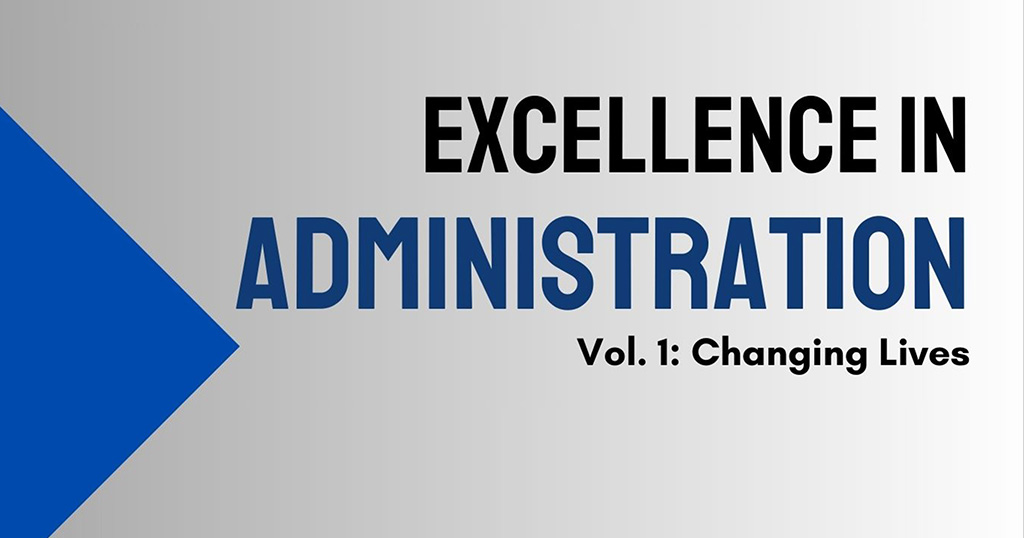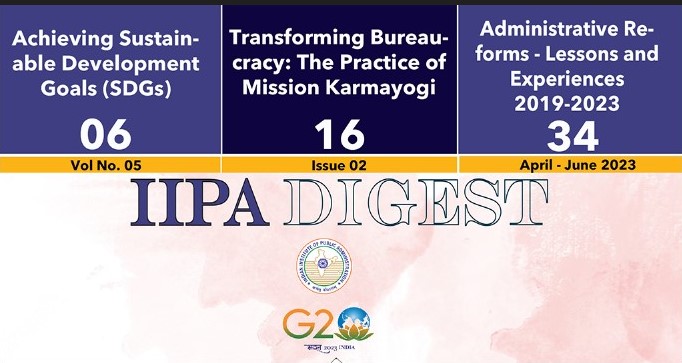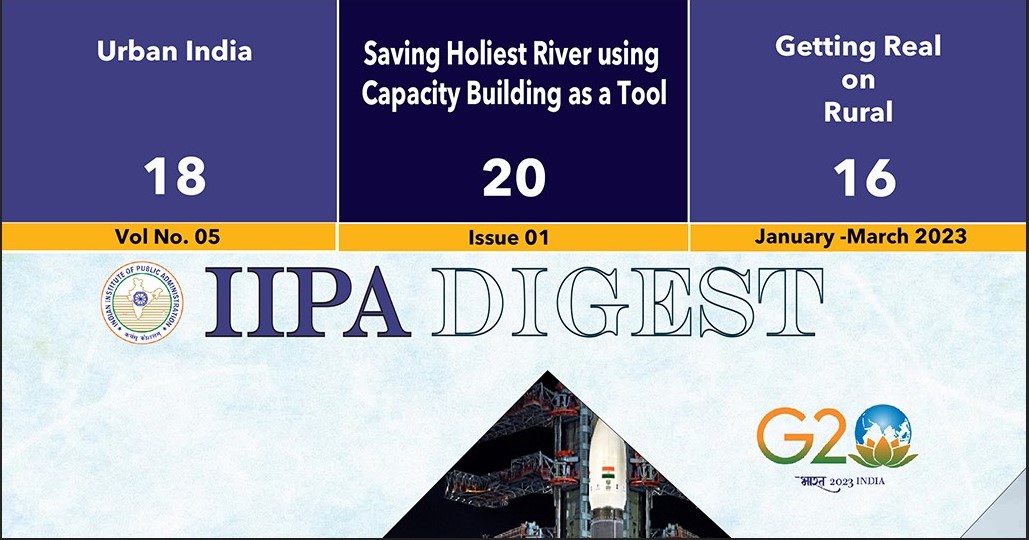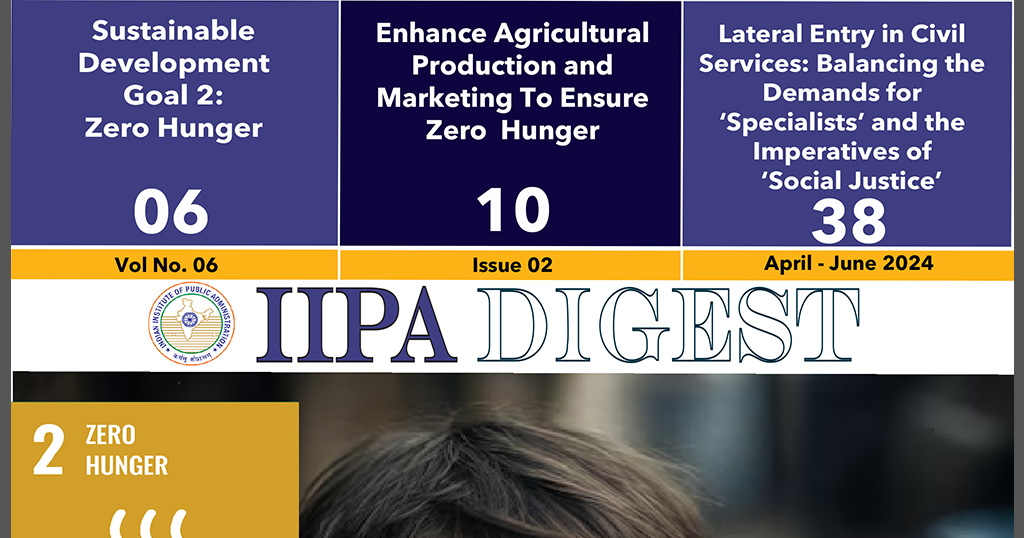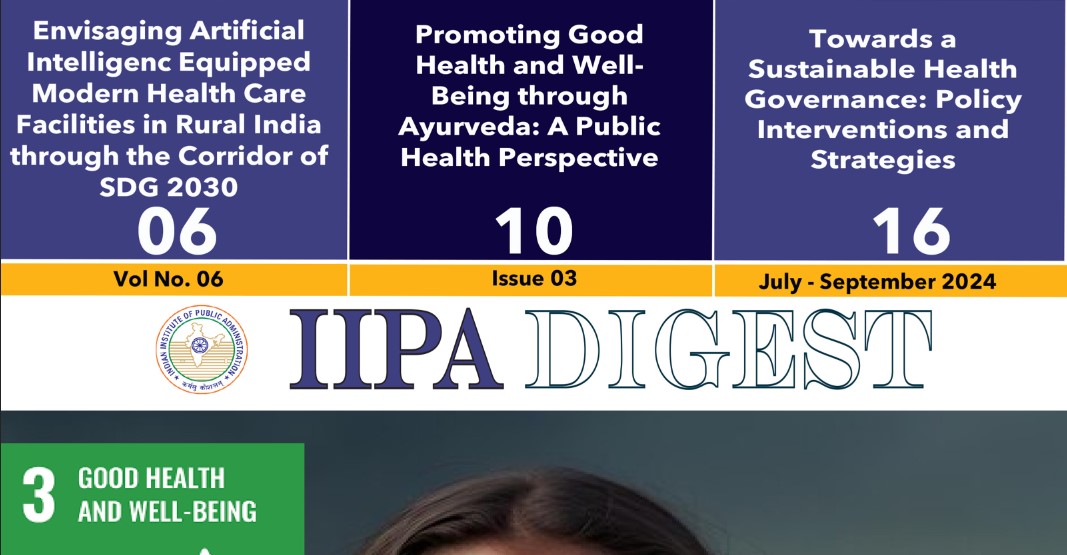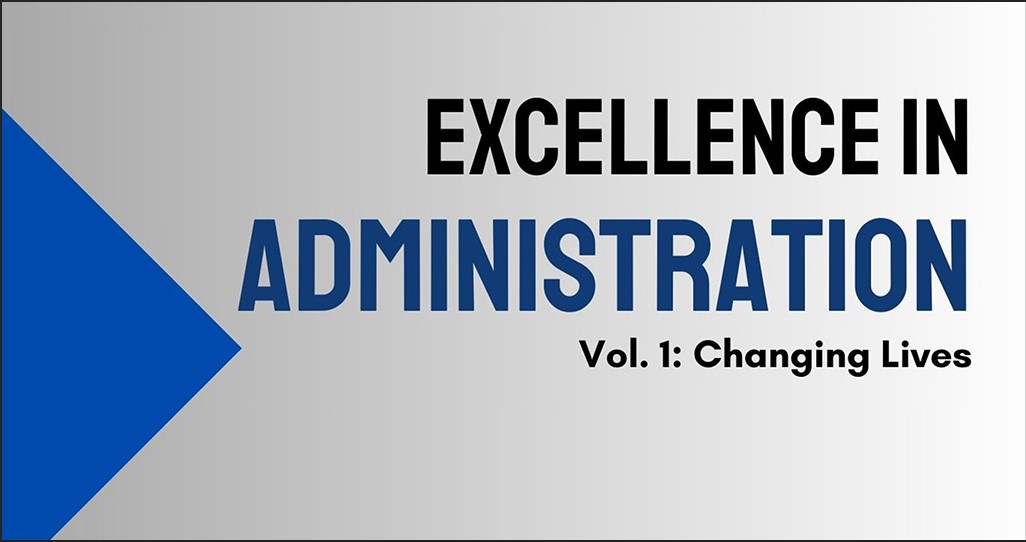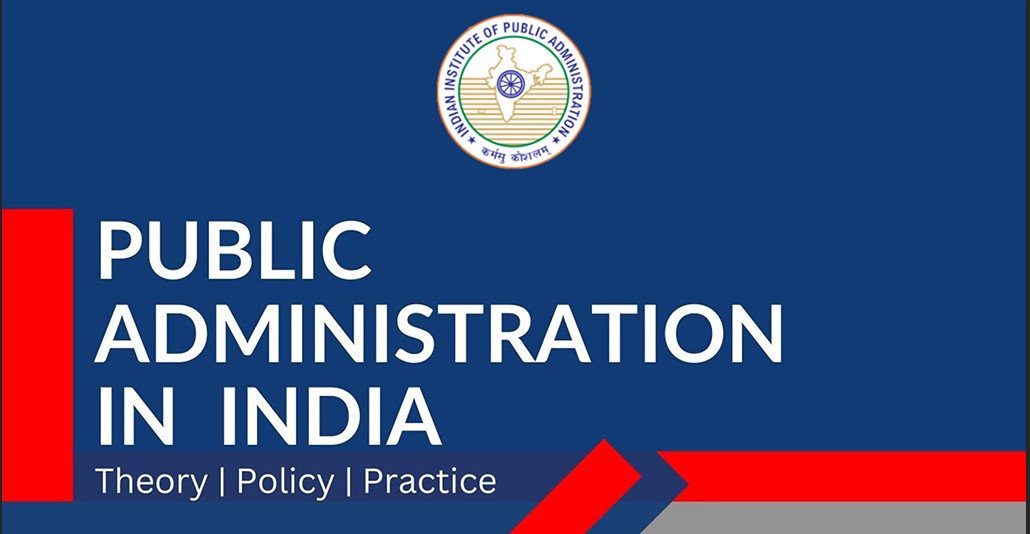Plans and Priorities for Economic Development and Social Justice in India
16. Introduction
India’s journey since independence has been defined by its commitment to creating a just, equitable, and economically strong nation. Recognizing the vast inequalities inherited from the colonial period, India adopted planning as a central strategy for guiding economic development and redistributing resources. The focus has consistently been on combining economic growth with social transformation, especially for marginalized communities. The Indian Constitution, particularly in its Directive Principles of State Policy, envisions a state-led effort to ensure economic equality, uplift the poor, and promote social justice.
Post-independence, India faced immense developmental challenges ranging from widespread poverty, low literacy rates, inadequate infrastructure, and regional imbalances. Therefore, economic planning was seen not merely as a technical or financial exercise, but a socio-political process aimed at nation-building. The planning model adopted by India intended to balance growth with equity and self-reliance. Over time, these plans evolved to incorporate global influences, economic liberalization, and a growing emphasis on inclusive and sustainable development. This chapter explores India’s evolving planning architecture, from the centralized model under the Planning Commission to the participatory and decentralized approaches enabled by constitutional reforms.
16.1 Origins & Order
India's vision of economic development and social justice did not emerge solely in the post-independence era; it has deep and varied roots stretching back to antiquity. In ancient India, governance was intrinsically linked with the concept of Dharma, which encompassed not only moral duty but also the well-being of the people and the equitable management of resources. One of the earliest and most sophisticated articulations of statecraft and economic policy is found in Kautilya’s Arthashastra (circa 3rd century BCE). This comprehensive treatise outlined a detailed administrative system covering taxation, agriculture, trade regulation, labour, public finance, and state monopolies. It emphasized the role of the king not only as a ruler but also as a steward of economic prosperity and social order. Public welfare was seen as a core responsibility of the state, evidenced by the emphasis on food security, irrigation, disaster relief, and equitable distribution of resources.
The Mauryan Emperor Ashoka, ruling in the 3rd century BCE, institutionalized these ideals through a form of governance that was strikingly modern in its scope. His edicts reflect policies that prioritized public health, environmental stewardship, religious tolerance, and infrastructure development. He established hospitals, planted medicinal herbs, dug wells, and built roads clearly indicating an early form of state-led welfare planning. This focus on holistic well-being shows that concerns of social justice and development were not alien to India’s early polity but were integral to it.
During the medieval period, economic development continued under various dynasties, albeit with varying motives and success. The Delhi Sultanate and later the Mughal Empire introduced administrative systems like the Iqta and Zabt, aimed at regulating land revenue and ensuring the fiscal stability of the state. Under Emperor Akbar, Todar Mal’s revenue reforms led to a more systematic and transparent land revenue system. While primarily revenue-oriented, these reforms contributed to a form of proto-economic planning. Public works, including the construction of roads, bridges, and caravanserais (rest houses), improved mobility and trade across the subcontinent. However, the hierarchical nature of feudal society, and the extractive tendencies of the zamindari system, often led to socio-economic disparities and exploitation, limiting the reach of justice and equity.
The colonial period marked a significant disruption in India’s traditional economy. Under British rule, India's economic structure was reshaped to serve the needs of an imperial power. Deindustrialization of India’s thriving handloom and craft sectors, along with the implementation of the Permanent Settlement system, led to widespread rural impoverishment. Famines became recurrent due to exploitative land revenue policies and lack of investment in agriculture or welfare. Despite this, the 19th and early 20th centuries saw the emergence of early Indian critiques of colonial economic policy and initial blueprints for indigenous development. Dadabhai Naoroji’s “Drain Theory” powerfully argued that British rule systematically extracted India’s wealth. Similarly, thinkers like M.G. Ranade and R.C. Dutt emphasized economic self-reliance, advocating for modernization of agriculture, development of industries, and investment in education.
As the national movement matured, so did the vision for India’s economic future. The Swadeshi movement, born in the context of the 1905 partition of Bengal, advocated for self-sufficiency and indigenous enterprise. This ideological groundwork laid the foundation for more structured planning efforts. In 1920, M. Visvesvaraya proposed a ten-year industrial plan to modernize India’s economy through state-led industrialization and scientific planning. This was followed by the formation of the National Planning Committee in 1938 under the leadership of Jawaharlal Nehru. This committee represented a landmark in pre-independence India, as it outlined a comprehensive economic framework for an independent nation, advocating for public ownership of key industries, land reforms, equitable distribution of resources, and a focus on improving standards of living.
Perhaps the most notable pre-independence document was the Bombay Plan of 1944, authored by prominent industrialists including J.R.D. Tata and G.D. Birla. Contrary to expectations, the plan did not reject state involvement; instead, it called for significant public sector investment in heavy industries, infrastructure, and social services. The plan underscored a national consensus cutting across political and business lines for state-led development. It recognized that mere market forces would not address India’s structural poverty and developmental backlog. These efforts show that the roots of India’s post-1947 planning were well-anchored in nationalist thinking and practical needs, not merely imported from foreign models.
Thus, from the philosophical ideals of Dharma and the administrative ingenuity of the Mauryan and Mughal periods to the anti-colonial critiques and visionary planning blueprints of the 20th century, India’s journey toward a socially just and economically developed society is part of a long civilizational continuum. The post-independence adoption of centralized planning, the establishment of the Planning Commission, and eventually the transition to NITI Aayog reflect not a beginning, but a continuation reinterpreted for contemporary challenges of India’s enduring pursuit of balanced development, economic sovereignty, and inclusive growth.
16.2 Plans and Priorities: Evolution and Current Focus
India’s developmental journey has been a complex and dynamic process, shaped by changing political regimes, global influences, and socio-economic imperatives. Since independence in 1947, the country's planning strategies have undergone several phases of transformation, each reflecting the prevailing ideologies and necessities of the time. From a state-led model driven by socialist ideals to a liberalized economy and now towards a digitally empowered and sustainable future, India's planning apparatus has consistently evolved to accommodate new priorities and challenges.
In the immediate aftermath of independence, India adopted a centralized planning model inspired largely by the Soviet Union. The First Five-Year Plan (1951–1956) marked the beginning of institutionalized economic planning in the country. Spearheaded by Prime Minister Jawaharlal Nehru and the newly established Planning Commission, the plan prioritized agriculture, irrigation, and energy. These areas were seen as fundamental to ensuring food security and rebuilding an economy ravaged by colonial exploitation and partition. Major projects like the Bhakra-Nangal and Damodar Valley dams were launched to enhance irrigation and power generation capacities. The focus was on achieving self-sufficiency in food production, improving rural livelihoods, and laying the groundwork for industrial development.
The Second Five-Year Plan (1956–1961) reflected a more ambitious vision, underpinned by the Mahalanobis model of economic growth. This model emphasized the development of heavy industries and capital goods, believing that such investments would create a strong foundation for long-term industrial growth. The state assumed a commanding role in economic activities, directing investments, setting production targets, and managing key sectors through a burgeoning network of Public Sector Undertakings (PSUs). Institutions like the Hindustan Aeronautics Limited (HAL), Bharat Heavy Electricals Limited (BHEL), and Steel Authority of India Limited (SAIL) were established during this era, aiming to reduce dependency on foreign technology and imports. However, the state-controlled approach also led to inefficiencies, as the proliferation of licenses, permits, and quotas created bureaucratic hurdles that stifled competition and innovation.
The 1960s and 1970s were marked by significant developments, including the Green Revolution, which fundamentally transformed Indian agriculture. Through the introduction of high-yielding variety (HYV) seeds, chemical fertilizers, and improved irrigation practices, food grain production increased dramatically, particularly in states like Punjab, Haryana, and Uttar Pradesh. This not only ensured food self-sufficiency but also stabilized the rural economy to a considerable extent. Concurrently, the government undertook land reforms and nationalized banks in 1969 to extend credit to underserved rural areas, facilitating wider access to resources. Despite these gains, the economic model remained constrained by the so-called "license-permit-quota raj", a system that led to widespread inefficiencies and discouraged private sector dynamism.
A major inflection point came in 1991 when India faced a severe balance of payments crisis. With foreign exchange reserves dwindling and a looming debt crisis, the government under Prime Minister P.V. Narasimha Rao and Finance Minister Dr. Manmohan Singh embarked on a bold set of structural reforms. The New Economic Policy of 1991 marked a decisive shift from a closed, state-dominated economy to a liberalized, market-driven one. It dismantled many of the restrictions on trade and industry, liberalized the financial sector, and opened up the economy to foreign investment. The industrial licensing regime was abolished for most sectors, and tariffs were significantly reduced. These changes ushered in an era of high growth and global integration, with the services sector, particularly Information Technology and Business Process Outsourcing (BPO), emerging as a key driver of the economy.
The post-liberalization period also witnessed a gradual shift in the role of the state from direct participation in production to a more facilitative role that emphasized regulatory reform, infrastructure development, and social welfare. Successive governments introduced a range of targeted programs aimed at poverty alleviation, rural employment, education, and health. The National Rural Employment Guarantee Act (NREGA) in 2005, for example, provided a legal right to work for rural households, reflecting a more rights-based approach to development. Large-scale infrastructure projects like the Golden Quadrilateral highway network and urban renewal initiatives also became prominent, signaling a more comprehensive approach to development planning.
A landmark institutional shift occurred in 2015 with the replacement of the Planning Commission by NITI Aayog (National Institution for Transforming India). This move symbolized a transition from centralized, top-down planning to cooperative federalism and decentralized governance. NITI Aayog functions as a policy think tank and knowledge hub, promoting evidence-based policymaking, innovation, and inter-ministerial coordination. It also plays a key role in aligning national priorities with the global Sustainable Development Goals (SDGs), thereby integrating India’s development vision with international frameworks for inclusive and sustainable growth.
In recent years, India’s developmental focus has increasingly pivoted toward inclusive growth, technological innovation, environmental sustainability, and social empowerment. A series of flagship programs launched since 2014 have sought to address both infrastructure deficits and social inequities. The Make in India initiative aims to boost domestic manufacturing and generate employment, while Digital India focuses on enhancing digital infrastructure and e-governance. The Swachh Bharat Abhiyan, a national sanitation campaign, succeeded in constructing millions of toilets across rural and urban India, significantly improving public health and hygiene. The Skill India program seeks to equip the labour force with vocational training to meet industry demands, addressing the challenge of unemployability among youth.
One of the most significant recent shifts in planning has been the integration of digital technologies into infrastructure and governance. The PM Gati Shakti National Master Plan, launched in 2021, exemplifies this trend by bringing together 16 ministries on a common digital platform to plan and coordinate multi-modal infrastructure projects. This initiative aims to reduce logistics costs, enhance connectivity, and improve the overall ease of doing business. Similarly, the use of the Aadhaar platform and Unified Payments Interface (UPI) has revolutionized direct benefit transfers and digital transactions, improving transparency and financial inclusion.
Human capital development has also received renewed attention. The Ayushman Bharat scheme, introduced in 2018, is the world’s largest government-funded health insurance program, aimed at providing financial protection to over 500 million people. In the education sector, the National Education Policy (NEP) 2020 represents a comprehensive reform, advocating for a holistic, multidisciplinary, and flexible curriculum. The NEP also emphasizes the integration of vocational education, teacher training, and the use of technology in learning, reflecting a forward-looking vision that prepares students for a rapidly changing global economy.
At the global level, India has emerged as a proactive player in the climate discourse, committing to ambitious goals under the Paris Agreement and launching the International Solar Alliance (ISA). The government has set a target of achieving 500 GW of non-fossil fuel capacity by 2030 and reaching net-zero carbon emissions by 2070. Initiatives promoting solar and wind energy, electric mobility, and sustainable urban planning indicate a strong alignment between national development and environmental sustainability. Since 1950, India's planning priorities have undergone a significant transformation from agrarian reform and industrialization in the early decades to liberalization and globalization in the post-1991 period, and more recently to inclusive, digital, and sustainable development. This evolution reflects the country's ability to adapt to internal challenges and global shifts, while continuously striving to balance economic growth with social justice and environmental stewardship. Today, planning in India is marked by decentralized decision-making, technological integration, and a commitment to achieving the Sustainable Development Goals, paving the way for a more equitable and resilient future.
16.3 Machinery of Planning in India
The institutional machinery of planning in India has transformed significantly over the decades. The Planning Commission, established in 1950 through a Cabinet resolution, was the central body responsible for preparing Five-Year Plans and allocating resources across sectors and states. It reported directly to the Prime Minister and was not a statutory body.
The Planning Commission’s mandate included assessing national resources, identifying priority areas for investment, coordinating economic activities of the central and state governments, and evaluating plan performance. It prepared comprehensive plans by consulting various ministries and state governments. However, its top-down approach and lack of institutional accountability increasingly drew criticism, especially from states that sought greater autonomy and say in resource allocation.
In 2015, the Planning Commission was replaced by the National Institution for Transforming India (NITI Aayog). This marked a shift from centralized planning to a more decentralized, participatory, and think tank-style approach. NITI Aayog does not allocate funds or formulate Five-Year Plans. Instead, it provides strategic policy inputs, fosters cooperative federalism, and promotes innovation and knowledge sharing between the Union and the States. It also undertakes research, impact assessment, and real-time monitoring of schemes. The transformation from Planning Commission to NITI Aayog reflects India’s transition towards adaptive governance and outcome-based planning, as seen in flagship programs like the SDG India Index and the Aspirational Districts Programme.
16.4 Planning Commission: Role, Composition, and Functions
The Planning Commission of India, established in 1950 by a resolution of the Government of India, was a pioneering institution that played a central role in shaping the country’s economic and developmental trajectory for over six decades. Tasked with formulating Five-Year Plans and overseeing their implementation, the Commission emerged as the nerve centre of India’s post-independence development model, characterized by centralized planning and a dominant role for the state in economic activities.
The Planning Commission was chaired by the Prime Minister of India, reflecting the importance accorded to planning in the national policy framework. It included a Deputy Chairperson, usually a senior economist or policymaker, who was responsible for the day-to-day functioning of the Commission. In addition, the Commission comprised several full-time members, who were often experts in fields such as economics, agriculture, industry, public administration, and infrastructure. Key Union Cabinet Ministers were also associated with the Commission in various capacities, especially those heading ministries directly linked to planning areas such as finance, rural development, and energy.
The primary function of the Planning Commission was the preparation of the Five-Year Plans, which laid out the goals, sectoral priorities, financial outlays, and policy frameworks for economic and social development. These plans encompassed virtually every aspect of national life ranging from agriculture, industry, transport, education, and health to employment, poverty alleviation, and social justice. Alongside Five-Year Plans, the Commission also prepared Annual Plans, particularly in periods when Five-Year Plans were disrupted, such as during political or economic crises.
Another crucial function of the Planning Commission was the allocation of resources. It determined the distribution of central plan assistance to the states, often using a combination of formula-based allocations and negotiated settlements. This function placed the Commission at the heart of center-state fiscal relations, making it a powerful institution with significant influence over state-level planning and expenditure. It also acted as a knowledge and advisory body, conducting research, commissioning expert studies, and engaging in policy evaluation and monitoring.
The functioning of the Commission was deeply consultative. It engaged with Union ministries, state governments, public sector units, and civil society organizations to frame inclusive and integrated development strategies. These consultations were meant to ensure that national plans were aligned with both central and state-level priorities. Moreover, the Commission was responsible for monitoring the implementation of plans, identifying bottlenecks, and suggesting mid-course corrections to improve outcomes.
Despite its wide-ranging role, the Planning Commission was not without its criticisms. A major structural limitation was that it was not a constitutional or statutory body. It was created by an executive resolution and lacked legislative backing, raising questions about its legitimacy, especially given its central role in allocating financial resources. Over time, critics pointed out that it had become overly centralized and bureaucratic, with decision-making often concentrated in New Delhi. This perception of being Delhi-centric led to concerns that it failed to adequately address regional and local priorities, creating friction between the center and states. States often argued that the Commission imposed a “one-size-fits-all” model of development, overlooking the diversity of regional needs and challenges.
Moreover, as India’s economy liberalized in the 1990s and market forces began to play a larger role, the relevance of a centralized planning body came under scrutiny. The private sector increasingly became the main driver of investment and employment, and the rigidities of plan-based budgeting appeared increasingly out of sync with the dynamic demands of a liberalized economy. By the early 2010s, there was a growing consensus that the Commission needed either a fundamental overhaul or replacement with a new institution better suited to contemporary realities.
This shift culminated in the dissolution of the Planning Commission in 2014 and the creation of the NITI Aayog (National Institution for Transforming India) in 2015, which marked a transition from centralized planning to a model based on cooperative and competitive federalism, greater state autonomy, and evidence-based policy formulation.
16.5 National Development Council (NDC): Role and Institutional Legacy
The National Development Council (NDC) was established in 1952 as an apex body intended to foster cooperative federalism and enhance the participation of states in the planning process. It served as a crucial platform for policy dialogue between the Union and the states, ensuring that national development strategies had broader consensus and legitimacy.
The composition of the NDC reflected its inclusive and federal character. It included the Prime Minister (as Chairperson), Union Cabinet Ministers, Chief Ministers of all states and Union Territories, and members of the Planning Commission. By bringing together key policymakers from across the country, the NDC created a space for the exchange of ideas, negotiation of priorities, and resolution of differences between the center and the states.
The NDC’s primary role was to endorse the Five-Year Plans prepared by the Planning Commission. Before finalization, draft plans were placed before the NDC for approval and modification based on inputs from state governments. This gave states a formal opportunity to articulate their concerns, highlight regional issues, and influence national planning priorities. Additionally, the NDC was also tasked with reviewing the progress of plan implementation and suggesting corrective measures to improve effectiveness and accountability.
Over time, the NDC played a significant role in reinforcing the principle of cooperative federalism. During its early decades, it was a vibrant platform that allowed for active participation of state leaders in development planning. It helped build consensus around national objectives such as agricultural modernization, rural development, education expansion, and poverty alleviation. Its meetings, often held annually, were widely covered and followed in policy circles, and its resolutions carried substantial political and administrative weight.
However, in the later decades, particularly post-1990s, the influence of the NDC began to wane. Several factors contributed to this decline. The growing assertion of regional parties and state governments led to demands for more autonomy and less central direction in planning. At the same time, the consultative process of the NDC began to be seen as largely ceremonial, with limited impact on actual policy decisions. The Planning Commission, which retained the authority to allocate resources, increasingly overshadowed the deliberative role of the NDC. Additionally, the absence of any statutory or binding powers meant that the NDC's recommendations were often not implemented or acted upon.
16.6 NITI Aayog
The formation of NITI Aayog in 2015 further diminished the relevance of the NDC. The new institution was designed to replace not just the Planning Commission but also the broader planning architecture that had defined India’s post-independence development model. NITI Aayog emphasized a more flexible, decentralized, and collaborative approach to policy, rendering the older structures somewhat obsolete. Notably, the NDC has not convened since 2014, effectively marking its quiet demise. Though not officially abolished, it has been rendered inactive and superseded in function and purpose by new mechanisms of centre-state interaction under the NITI Aayog framework, such as the Governing Council of NITI Aayog.
Nonetheless, the legacy of the National Development Council remains important. It symbolized the early commitment of India’s planning system to federal collaboration and inclusive governance. While its institutional form may no longer be active, its core principle that development in a diverse and federal country like India must involve meaningful dialogue between the centre and the states continues to underpin contemporary planning processes.
16.7 Indicative Planning in India
India adopted a mixed economy model, balancing the command economy with market forces. Unlike directive planning, where the state imposes production targets and controls prices, indicative planning relies on persuasion, incentives, and policy tools to guide economic behavior. It allows for private sector participation while enabling the government to steer development toward social objectives.
Indicative planning became more prominent after 1991, as the government gradually moved away from direct control over investment and production. The focus shifted to providing an enabling environment through reforms in taxation, labor laws, ease of doing business, and investment in infrastructure. The role of the state evolved from being a producer to a facilitator and regulator.
NITI Aayog embodies the principles of indicative planning. It engages in evidence-based policy-making, scenario planning, and outcome monitoring. It also works with international institutions, think tanks, and civil society to ensure policy coherence. Key initiatives like the Aspirational Districts Programme reflect this new planning paradigm, where underperforming districts are identified based on real-time data and targeted interventions are made. This data-centric model marks a departure from the top-down planning legacy.
Examples such as the Atal Innovation Mission and the Performance of Health Outcomes Index further showcase how indicative planning tools are being used to shape state-level governance through competitive and cooperative federalism. Reports like the 'India@75' vision document serve as long-term planning guides that articulate national aspirations in collaboration with industry bodies like CII and FICCI.
16.8 Plan Formulation at Union and State Levels
At the Union level, planning is led by NITI Aayog, which collaborates with various ministries to define national goals and strategies. These are aligned with the Sustainable Development Goals (SDGs) and international commitments such as the Paris Agreement. Ministries prepare medium-term and annual plans based on priority areas identified by NITI Aayog. These plans include outcome targets, financial estimates, and implementation timelines.
The Ministry of Finance plays a pivotal role in translating these plans into budget allocations. Budgetary provisions are made after consultations and cost-benefit analyses. Performance metrics are increasingly used to ensure that allocations result in tangible social and economic outcomes. The use of the Public Financial Management System (PFMS) allows for real-time tracking of fund utilization.
At the state level, planning is coordinated by State Planning Boards or Departments. States prepare Five-Year and Annual Plans in line with their regional development needs. These include sectoral goals in health, education, agriculture, infrastructure, and employment. States also create their own SDG frameworks to localize global targets. Advanced states like Tamil Nadu, Maharashtra, and Kerala have developed robust planning institutions that leverage data analytics, GIS mapping, and participatory governance models. Additionally, state-specific innovation missions help align regional aspirations with national priorities.
States like Andhra Pradesh have adopted performance-linked budgeting and outcome dashboards to track the delivery of services. Rajasthan and Madhya Pradesh have launched state-specific development indices to prioritize backward regions. These localized efforts ensure greater ownership of plans and tailor interventions to regional challenges.
16.9 Comparative Analysis: Planning Commission vs. NITI Aayog
The transition from the Planning Commission to NITI Aayog in 2015 marked a paradigm shift in India’s approach to development planning from a centralized, top-down model to a more decentralized, participatory, and dynamic framework. This change reflected the evolving political economy, the growing assertion of states, and the need to align policy-making with the imperatives of a liberalized and globalized economy.
16.9.1 Structural Composition and Institutional Nature
The Planning Commission was an executive body created through a cabinet resolution in 1950 without any constitutional or statutory backing. It was chaired by the Prime Minister and included a Deputy Chairperson and full-time members who were generally experts in various sectors. Although powerful in influence, the Commission lacked formal legal status, which eventually raised questions about its legitimacy in policy-making and fiscal allocation.
In contrast, NITI Aayog (National Institution for Transforming India) was established through a similar executive resolution in January 2015, but with a fundamentally different structure and vision. Chaired by the Prime Minister, it includes a Governing Council composed of Chief Ministers of states and Union Territories, and regional councils to foster greater inter-state cooperation. It also features a CEO appointed by the Prime Minister and a team of full-time members and experts. The structure of NITI Aayog reflects an intention to act as a collaborative think tank, emphasizing coordination and knowledge-sharing rather than control and allocation.
16.9.2 Philosophy and Approach to Planning
The Planning Commission operated under a command-and-control paradigm, inspired by the Soviet-style model of centralized economic planning. It focused on preparing Five-Year Plans with fixed targets and specific sectoral allocations. Planning was linear, rigid, and production-centric, prioritizing self-sufficiency, import substitution, and state-led industrialization.
On the other hand, NITI Aayog embodies a shift from planning to strategy and vision. It does not prepare Five-Year Plans. Instead, it focuses on long-term strategic planning, evidence-based policymaking, real-time data analysis, and flexible frameworks to guide sectoral and regional development. Planning is now indicative, not directive, and aligns with the changing dynamics of market economies, global value chains, and decentralized governance.
16.9.3 Role in Center-State Relations
The Planning Commission played a central role in allocating plan funds to states, which often led to a perception of bias or arbitrariness. States had little say in final allocations, creating tensions and eroding the spirit of cooperative federalism. The central authority often imposed development models without adequate sensitivity to regional diversity.
In contrast, NITI Aayog promotes “cooperative and competitive federalism.” It does not allocate funds; this role now rests primarily with the Finance Commission and the Union Finance Ministry. Instead, NITI Aayog works as a facilitator and coordinator, offering technical expertise, policy guidance, and fostering innovation across states. Through the Governing Council and regular regional meetings, it encourages dialogue and consensus-building.
Additionally, competitive federalism is promoted through performance-based rankings and indices such as the Health Index, School Education Quality Index, and SDG India Index which encourage states to innovate and improve service delivery by competing for better outcomes.
16.9.4 Planning Instruments and Outputs
The Planning Commission’s flagship instruments were the Five-Year Plans, which laid out macroeconomic goals, sectoral targets, and detailed financial allocations. These were considered binding roadmaps and were central to budgeting and policy-making.
NITI Aayog does not prepare Five-Year Plans. Instead, it produces vision documents, roadmaps, blueprints, and policy papers on emerging issues such as energy transition, artificial intelligence, agriculture reforms, and water conservation. For instance, it published the Strategy for New India @75, outlining sectoral goals to be achieved by 2022–23. Its role is to inform and influence government policies rather than impose them.
16.9.5 Monitoring and Evaluation
While the Planning Commission monitored plan implementation, the mechanisms were often bureaucratic and lacked real-time feedback. Reports were typically delayed, and course corrections came late in the planning cycle.
NITI Aayog emphasizes dynamic monitoring and the use of real-time data analytics. It has introduced Outcome-Based Monitoring systems and District-level dashboards, enabling granular tracking of development indicators. This allows quicker feedback loops and more responsive policy actions.
16.9.6 Stakeholder Engagement and Knowledge Ecosystem
The Planning Commission functioned largely as a bureaucratic institution with limited engagement with external stakeholders, particularly the private sector, civil society, and academia.
NITI Aayog, by contrast, actively engages with a broad spectrum of stakeholders, including startups, think tanks, universities, NGOs, and international organizations. It positions itself as a platform for cross-sectoral knowledge exchange, innovation incubation, and evidence-based policy dialogues.
16.9.7 Global Alignment and Sustainable Development
The Planning Commission operated during an era when India was largely inward-looking, with limited integration into global frameworks. Its plans prioritized self-reliance and domestic capacity building.
NITI Aayog works closely with international agencies such as the UNDP, World Bank, and OECD, and serves as the nodal agency for monitoring India’s progress on the Sustainable Development Goals (SDGs). It aligns India’s development efforts with global goals, climate commitments, and international best practices.
16.10 Conclusion: From Directive Planning to Strategic Visioning
The evolution from the Planning Commission to NITI Aayog marks a transition from a centralized, control-oriented planning model to a decentralized, collaborative, and data-driven policy-making framework. While the Planning Commission was essential in the formative decades of India's development, helping build institutions, industrial capacity, and infrastructure, its relevance declined in an increasingly liberalized and diverse economy.
NITI Aayog, in contrast, is better equipped to deal with the complexities of the 21st century economic competitiveness, technological disruption, climate change, and demographic transitions. By fostering state ownership of development, encouraging innovation, and focusing on outcomes rather than outlays, it represents a more agile and participatory model of governance.
Ultimately, both institutions reflect the developmental ethos of their respective eras. The Planning Commission was a product of post-colonial nation-building, while NITI Aayog reflects the aspirations of a new India global, digital, entrepreneurial, and inclusive.
16.11 Constitutional Amendments 1992: Decentralized Planning Framework
The 73rd and 74th Constitutional Amendments, enacted in 1992, were revolutionary in empowering grassroots democracy and planning. The 73rd Amendment introduced a three-tier Panchayati Raj system Gram Panchayat at the village level, Panchayat Samiti at the block level, and Zilla Parishad at the district level. These bodies were assigned responsibilities over 29 subjects listed in the Eleventh Schedule, ranging from agriculture and rural housing to health and education.
The 74th Amendment focused on urban governance and created Urban Local Bodies (ULBs), such as Municipal Corporations, Municipal Councils, and Nagar Panchayats. These institutions were entrusted with planning and delivering urban services, managing slum development, solid waste management, and urban poverty alleviation.
Importantly, these amendments mandated the creation of State Finance Commissions to ensure financial devolution to local bodies. They also encouraged the formation of District Planning Committees (DPCs) to prepare integrated district development plans. The vision was to democratize planning, make it responsive to local needs, and build capacities at the grassroots. Additionally, the People's Plan Campaign in Kerala and participatory budgeting in Pune stand as successful models of these constitutional reforms.
Despite their significance, the actual implementation of the 73rd and 74th Amendments remains uneven across states. Many Panchayati Raj Institutions (PRIs) still depend on state governments for financial and technical support. Urban local bodies face issues of overlapping jurisdictions, limited staff, and weak revenue bases. Strengthening these institutions through fiscal autonomy, technical capacity building, and robust accountability mechanisms is crucial.
16.12 Decentralized Planning for Economic Development
Decentralized planning is essential for addressing the immense socio-economic and geographic diversity of India. Local bodies, being closer to the people, are better equipped to understand local challenges and mobilize community resources. It enhances transparency, accountability, and efficiency in public service delivery.
Several states have implemented innovative models of decentralized planning. Kerala’s People’s Plan Campaign (1996) remains a landmark, involving mass mobilization of people and local experts to prepare village development plans. The program led to improved outcomes in health, education, and gender empowerment.
MGNREGA, one of the world’s largest employment programs, is another example of decentralized planning in action. Gram Sabhas are involved in planning and monitoring projects, which ensures greater transparency and ownership. The Ministry of Rural Development has published regular impact assessments that show positive outcomes in employment generation and infrastructure creation.
Similarly, the Backward Regions Grant Fund (BRGF) supports local plans in underdeveloped regions. The Rashtriya Gram Swaraj Abhiyan focuses on capacity building of Panchayati Raj Institutions. Recent initiatives like the Localisation of SDGs through Panchayats, supported by the Ministry of Panchayati Raj and UNDP, illustrate how global frameworks are being embedded in local planning.
Despite progress, decentralized planning faces several hurdles. Many Panchayats lack adequate technical and financial resources. There is often poor coordination between line departments and local bodies. Moreover, political interference, low digital literacy, and weak data systems hamper effective planning and execution. Strengthening institutional capacity, ensuring timely devolution of funds, and providing training are essential for unleashing the full potential of decentralized governance. It is also crucial to mainstream gender and climate considerations in local plans to achieve sustainable development.
16.13 Conclusion: Charting the Future of India's Developmental State
India's journey from the Planning Commission to NITI Aayog is emblematic of a broader shift in governance from centralized command to collaborative visioning. This transformation has not merely been institutional; it reflects a deeper reorientation in the way the Indian state conceives, implements, and adapts its developmental goals in an increasingly interconnected, competitive, and complex world.
The early years of planning were instrumental in laying the foundation of a self-reliant India building public sector capacity, achieving food security through the Green Revolution, and expanding basic infrastructure. However, as the economy opened up post-1991, the need for flexibility, innovation, and stakeholder participation became more urgent. The replacement of the Planning Commission by NITI Aayog in 2015 was thus both symbolic and strategic a shift toward agile governance rooted in cooperative federalism and powered by real-time data analytics, decentralized execution, and performance-based evaluation.
As India aspires to become a $5 trillion economy, the role of planning institutions is no longer to control resources from the top but to act as enablers, facilitators, and knowledge integrators. The future demands anticipatory governance one that can pre-empt challenges like climate change, technological disruptions, resource scarcity, and demographic transitions, while simultaneously ensuring inclusivity and sustainability. Herein lies the relevance of NITI Aayog as a platform for policy incubation, a bridge between the states and the center, and a global interlocutor for sustainable development.
But ambition alone is not enough. The success of India’s development trajectory will hinge on how well planning institutions can synchronize economic growth with social equity, infrastructure with sustainability, and global competitiveness with local empowerment. Strategic investments in healthcare, education, skilling, digital public infrastructure, and green energy must be backed by institutional accountability, transparency, and inclusive stakeholder engagement. Equally critical is the mainstreaming of marginalized voices from remote regions to urban slums into the planning process to make “Sabka Saath, Sabka Vikas, Sabka Vishwas” not just a slogan, but a structural reality.
As India moves forward, planning must remain both a mirror and a map reflecting societal aspirations while charting pathways for transformative change. Drawing upon resources like the Economic Survey, NITI Aayog Strategy Papers, UNDP Human Development Reports, and World Bank Development Indicators, this framework must constantly evolve blending the wisdom of experience with the innovation of the future.
Leave a comment
More articles from Governance & Polity
